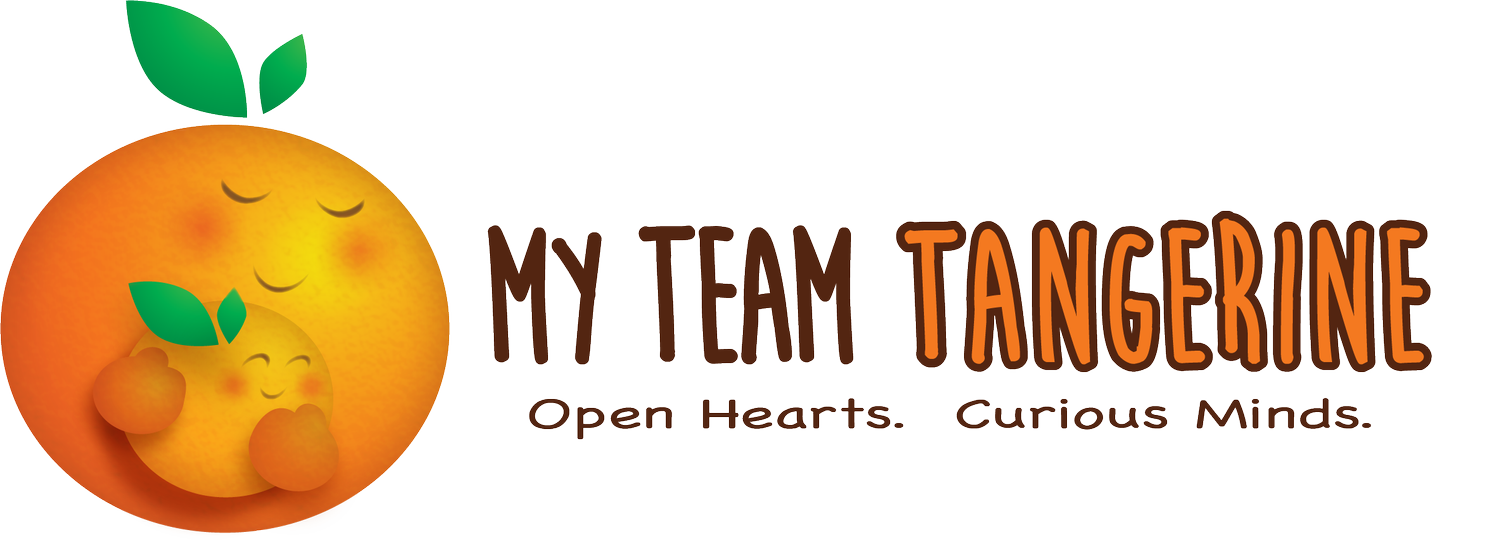Siblings Fighting: Steps for Peaceful Resolution
“I want that toy!”
“No, you can’t have it. It is mine!”
“I hate you!”
“I am never playing with you again!”
Bedroom doors slam.
Does this sound familiar to anyone?
Fighting between siblings can include yelling, hitting, throwing things, and blaming. When children are in “fighting” mode, emotions are high, and children can become competitive and defensive. With peaceful resolution, your children learn steps that allow them to communicate their emotions and needs and listen respectively to others without yelling, hitting, and in the case above, slamming doors.
The ability to peacefully work through disagreements and differences in perspectives is a social skill. Sibling relationships offer an opportunity for our children to develop the social skill of peaceful resolution. If two children are constantly butting heads over toys, games, friends, and favorite sports teams, then that means lots and lots of peaceful resolution practice.
Here are the peaceful resolution steps:
1. The children recognize and state they are disagreeing
2. The children each express their feelings with, “I feel…” (Example: “I feel sad that I can’t play with your Buzz Light Year action figure.”)
3. The children each express their needs with, “I need….” (Example: “I need to know when you will let me play with it.”)
4. If your child is feeling bigger emotions, the child steps away from the situation and knows to seek your help.
5. Before proceeding with play or further talking, let the child feel his/her feelings, providing any comfort they ask for, like hugs, snuggling, or other calming activities.
6. Lastly, revisit the disagreement and listen to both sides of the story. Then come to a resolution or compromise. Usually, 20 minutes to 24 hours after the initial disagreement is a good time window to revisit it.
At first, you will need to provide a lot of guidance as your children learn these peaceful resolution steps. First, sit down with your children when they are already calm (earlier in the day or after a meal are great times) to discuss some scenarios. (Get our FREE scenarios here and more at our online Store.) After reading a scenario, talk them through the steps of peaceful resolution. Once they understand the steps of peaceful resolution, help your children use the steps when they get into an argument. Initially, intervene at the beginning of the argument stating, “Do you know what is happening?” The answer you are looking for is, “We are having an argument/disagreement.” Then walk them through the steps as long as their emotions are not too high. If one or both children are too emotional, then set a 20-minute timer and let everyone calm down. Then sit down and go through the steps. This does take some time and patience as a parent, but this is helping your child develop healthy social skills.
Now here are tips for you as the parent when you're teaching your child peaceful resolution:
★ You need to be calm. Know your own emotional state before intervening in an argument or discussing a peaceful resolution.
★ Make time. This process does not work well when rushed. If you are short on time, then communicate that the argument will need to be revisited and set a time for when that will be.
★ Actions speak louder than words. Be willing to learn and use peaceful resolution steps yourself.
★ For toddlers, help them with their words as they may lack communication skills at this age.
★ Lastly, it is okay if you make mistakes. This is how we learn.
Learning and effectively using peaceful resolution skills will be an ongoing process throughout your children’s childhood. The conflicts will change as your child gets older, and somedays will be better than others, but do not give up. You’ve got this!
Learn more and listen to the My Team Tangerine Podcast Season 1 Episode 1 about Peaceful Resolutions.
Want more support? Become a member and join our private parenting community.
